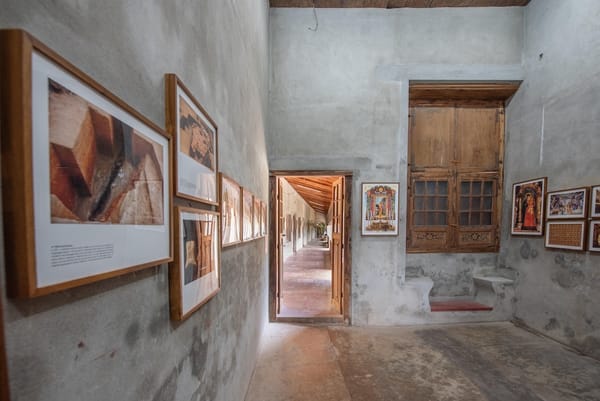Amin Jaffer: Redefining How We See Art Across Civilizations
Dr. Amin Jaffer discusses his illustrious career, from curating at the V&A to directing The Al Thani Collection, sharing insights on cultural exchange, private patronage, and the transformative power of art in global narratives.
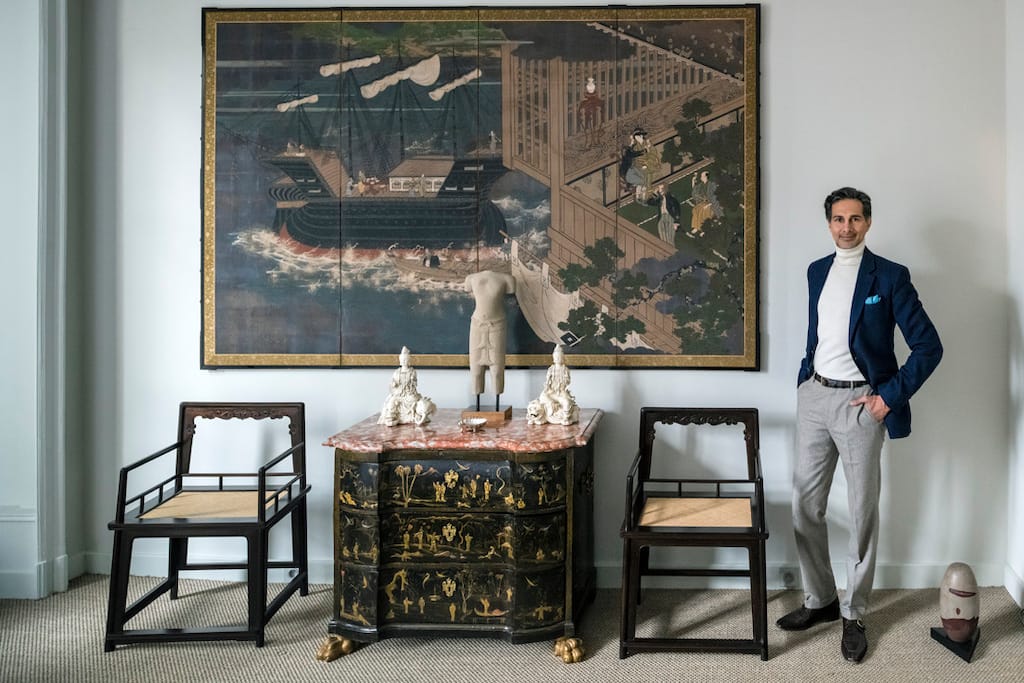
Dr. Amin Jaffer stands as a towering figure in the world of art and curation. With an illustrious career spanning decades, Jaffer has served as Senior Curator at the Victoria and Albert Museum (V&A), London, and as International Director of Asian Art at Christie’s, shaping the way audiences worldwide perceive and engage with art. Currently the Director of The Al Thani Collection, an extraordinary assembly of over 5,000 artworks spanning millennia, Jaffer continues to push boundaries by championing cultural dialogue and artistic excellence. His accomplishments include authoring pivotal works such as Furniture from British India and Ceylon and Made for Maharajas, as well as spearheading the critically acclaimed Al Thani Collection project at L’Hôtel de la Marine. As the Artistic Director of the 2025 Islamic Arts Biennale, Jaffer reflects on his journey, curatorial philosophy, and the evolving role of art in shaping global cultural narratives.
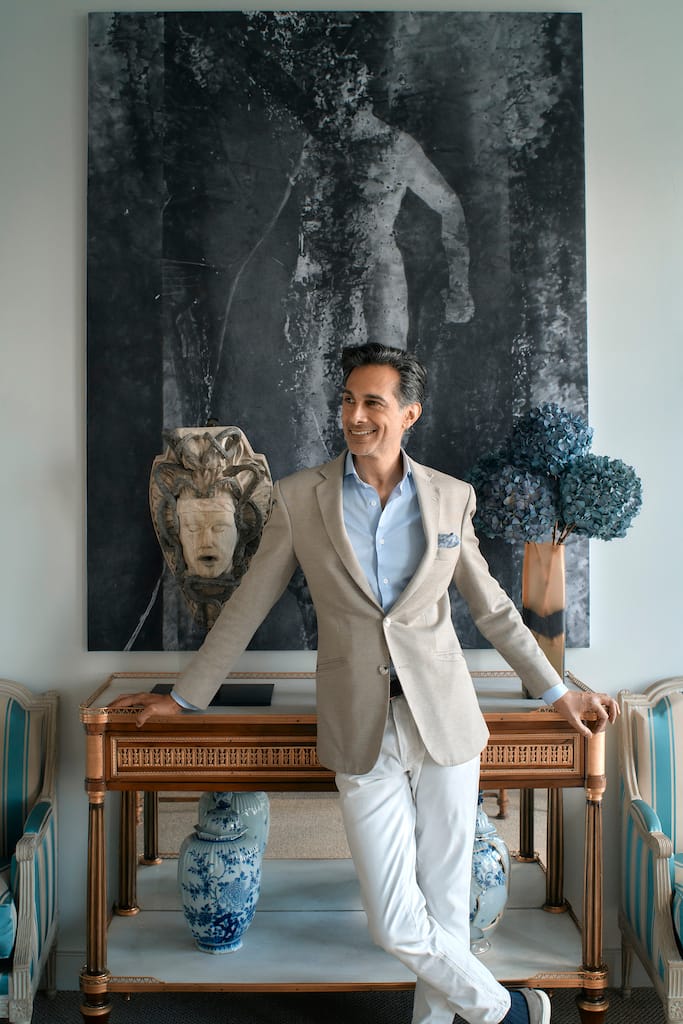
Nikhil Sardana: You’ve had an illustrious career, from curating at the Victoria and Albert Museum to your time at Christie’s, and now as Director of The Al Thani Collection. What first drew you to the world of art and curation?
Amin Jaffer: Visiting the Louvre at the age of six with my mother was undoubtedly the catalyst for my early interest in art and my desire to better understand how visual arts reflect cultures and civilizations. Curation as a career only occurred to me during my university years. As a student at the Royal College of Art, I participated in mounting a modest exhibition at the V&A Museum with my classmates. It was a collaborative effort requiring discussions and decisions on everything—from the object list and mounting style to graphics, text, lighting, and publicity.
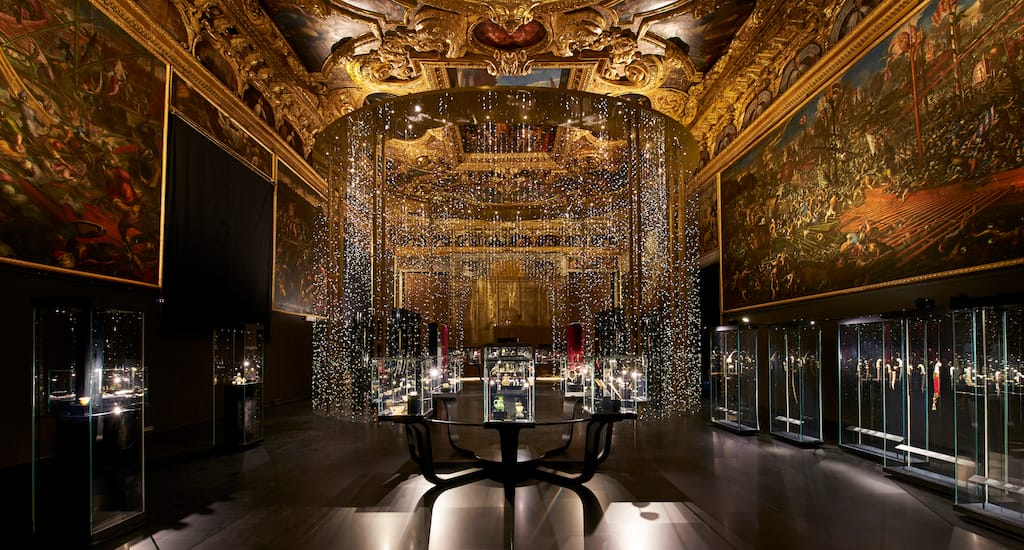
NS: Over the years, you’ve curated exhibitions that explore the intersections of culture, history, and art. How would you describe your curatorial philosophy, and how has it evolved throughout your career?
AJ: In terms of subject matter, I’ve always been fascinated by the dialogue between different cultures. Coming from a pluralistic family with a broad worldview, I enjoy exploring the encounters and exchanges across geographies that reveal how our identities and material culture are composed of diverse influences.
Regarding my curatorial philosophy, while I believe exhibitions must be academically rigorous, they should also remain accessible, with clear messaging and language that resonate with visitors of all ages and backgrounds. A successful exhibition integrates display, graphics, and lighting in a way that complements its content and messaging.
NS: Your past exhibitions, such as Encounters: The Meeting of Asia and Europe, 1500–1800, beautifully explored cultural exchanges. How do you think these interactions have shaped global art histories, and what lessons can they offer in today’s context?
AJ: Such exhibitions highlight the complexities of our identities and visual culture, showing how many aspects of our lifestyles and material culture have emerged from commercial, philosophical, and intellectual exchanges between cultures. These lessons are particularly relevant today, emphasizing the interconnectedness of human histories and the need to celebrate shared heritage while respecting cultural differences.
NS: You have worked with some of the most significant collections and exhibitions worldwide. Is there a particular project or moment in your career that stands out as especially meaningful?
AJ: When successful, an exhibition has the power to transform how people perceive a subject—or even themselves and their own experiences. A pivotal moment in my career was reading Jonathan Jones’s description in The Guardian of Encounters: The Meeting of Asia and Europe as an exhibition that “removes screens from the mind.” It was gratifying to see that the curatorial vision Anna Jackson and I had for the exhibition resonated with audiences.
Another highlight has been working on The Al Thani Collection. Exhibiting its masterpieces at the State Hermitage Museum, the Doge’s Palace, the Grand Palais, and The Metropolitan Museum of Art has been extraordinary. The project at L’Hôtel de la Marine, however, represents a career high point. Creating a new museum in a historic monument that reflects the taste and vision of His Highness Sheikh Hamad bin Abdullah Al Thani was a rare opportunity.
Additionally, serving as one of three Artistic Directors for the Islamic Arts Biennale has broadened my scope. This ambitious project—bringing together over 500 historic works of art in dialogue with contemporary commissions—aims to welcome one million visitors from around the globe.
NS: The Al Thani Collection has established itself as a leader in promoting art and culture globally. In your opinion, what role do private collections like this play in shaping public understanding and appreciation of art?
AJ: Private collecting and patronage have always been crucial to public art. Many leading art institutions—particularly in the Anglo-American world—originated as private initiatives. Private collections often have the freedom to acquire and exhibit works of art that may not align with the cultural objectives of public institutions, reflecting the unique tastes and interests of their founders. These collections help diversify the narrative of art history and inspire public appreciation for less-explored areas of artistic production.
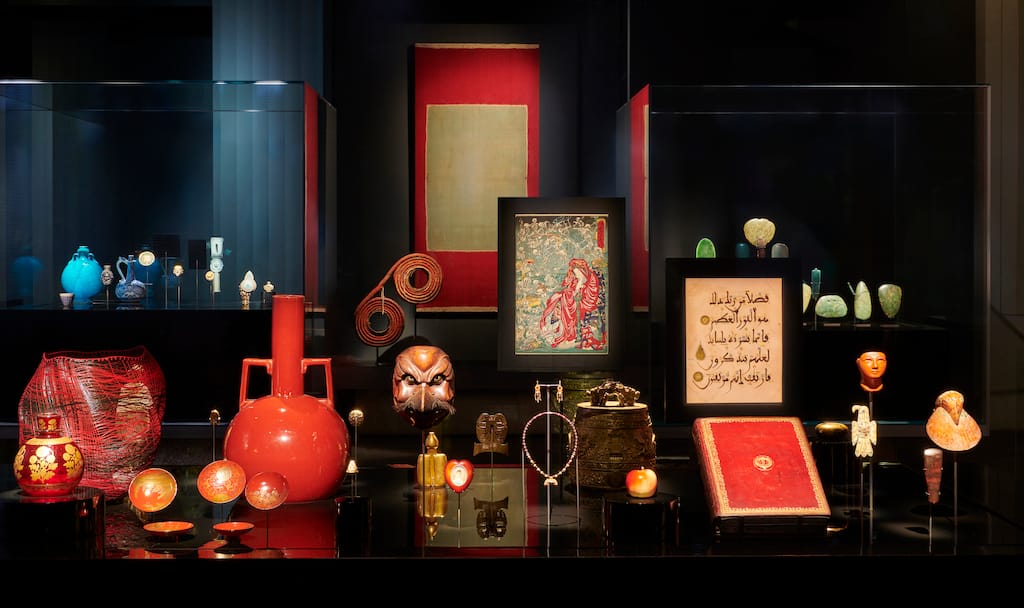
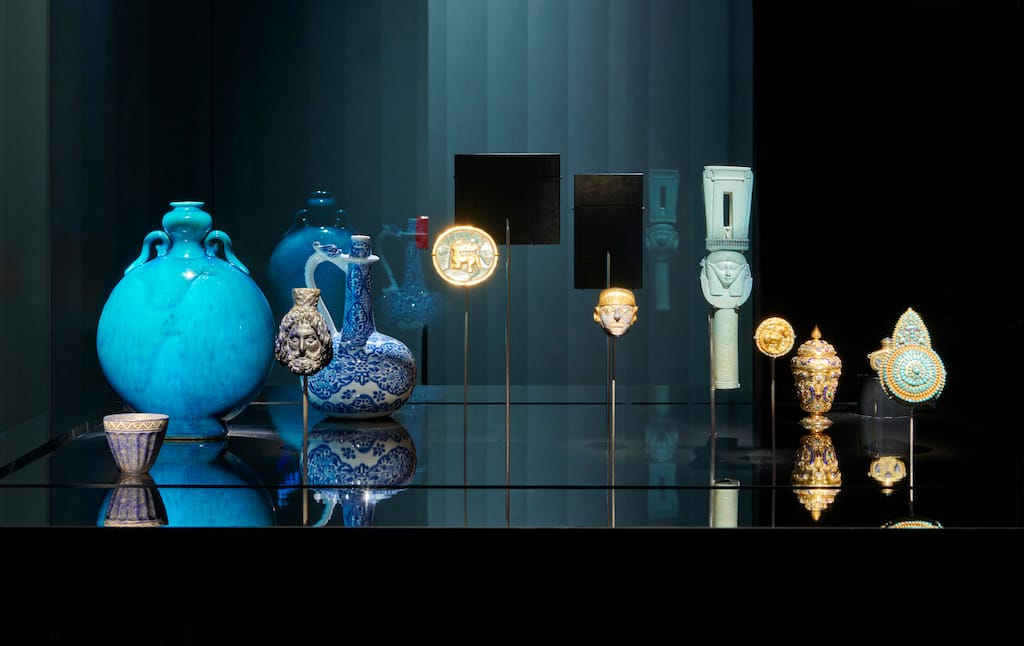
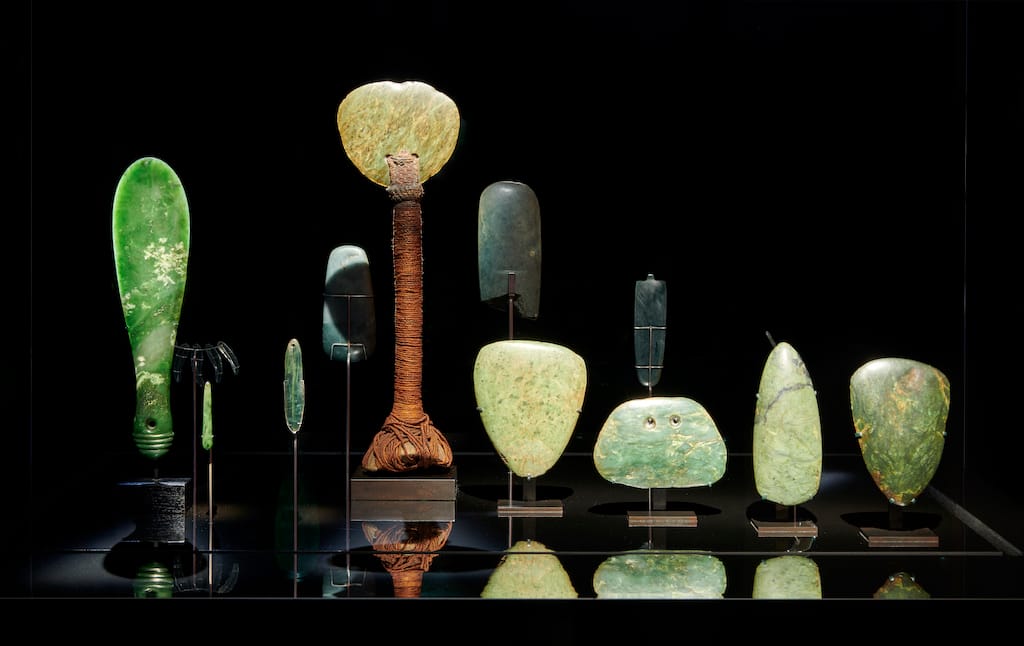
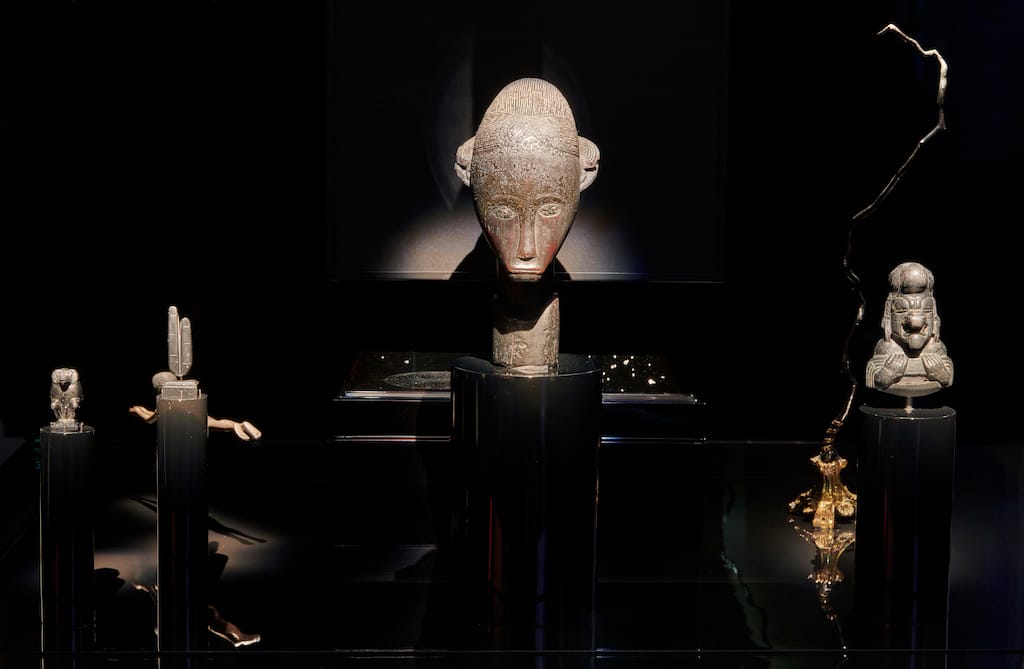
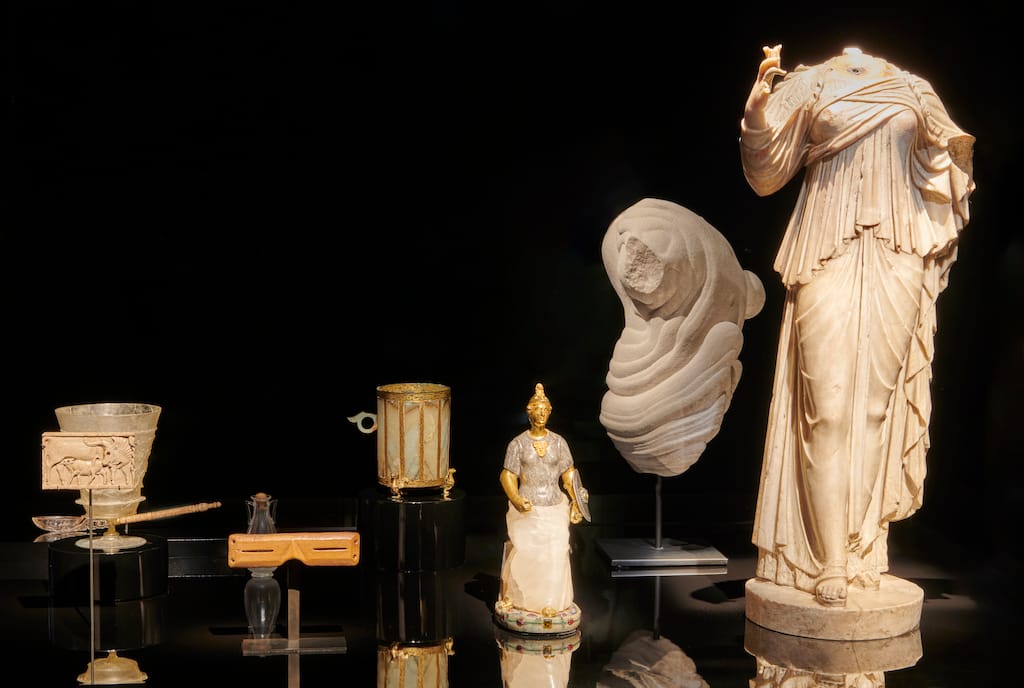
View of the exhibition Colour Speaks All Languages. Selected works from The Al Thani Collection. © The Al Thani Collection 2024. All rights reserved. Photograph by Marc Domage.
NS: At The Al Thani Collection’s museum space in the Hôtel de la Marine, contemporary design elements are juxtaposed with historic influences. How do you think such approaches help reframe historical works for modern audiences?
AJ: Although the museum is housed in an 18th-century building, His Highness Sheikh Hamad bin Abdullah Al Thani envisioned a space equipped with the latest technologies in design, security, and environmental controls. The curatorial aim has been to showcase outstanding works of art from across civilizations, juxtaposing materials and forms in a way that encourages visitors to reflect on human achievement across time and geographies. This forward-looking approach provides an ideal backdrop for presenting historic works in a manner that resonates with modern audiences.
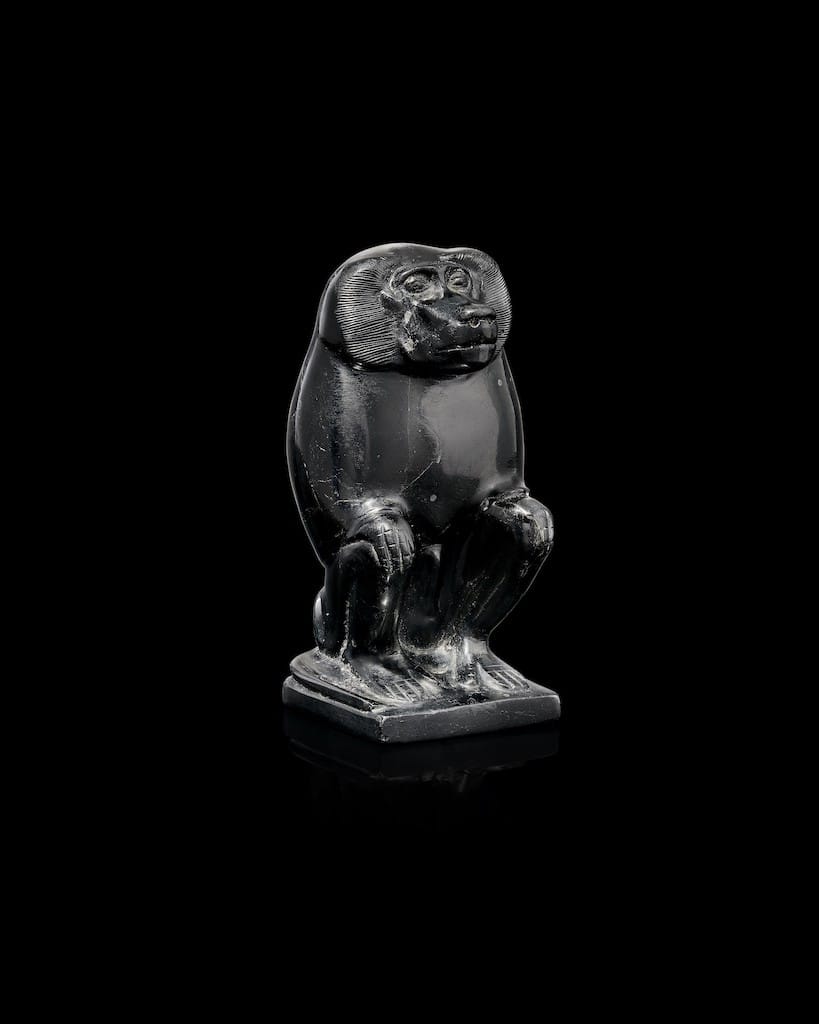
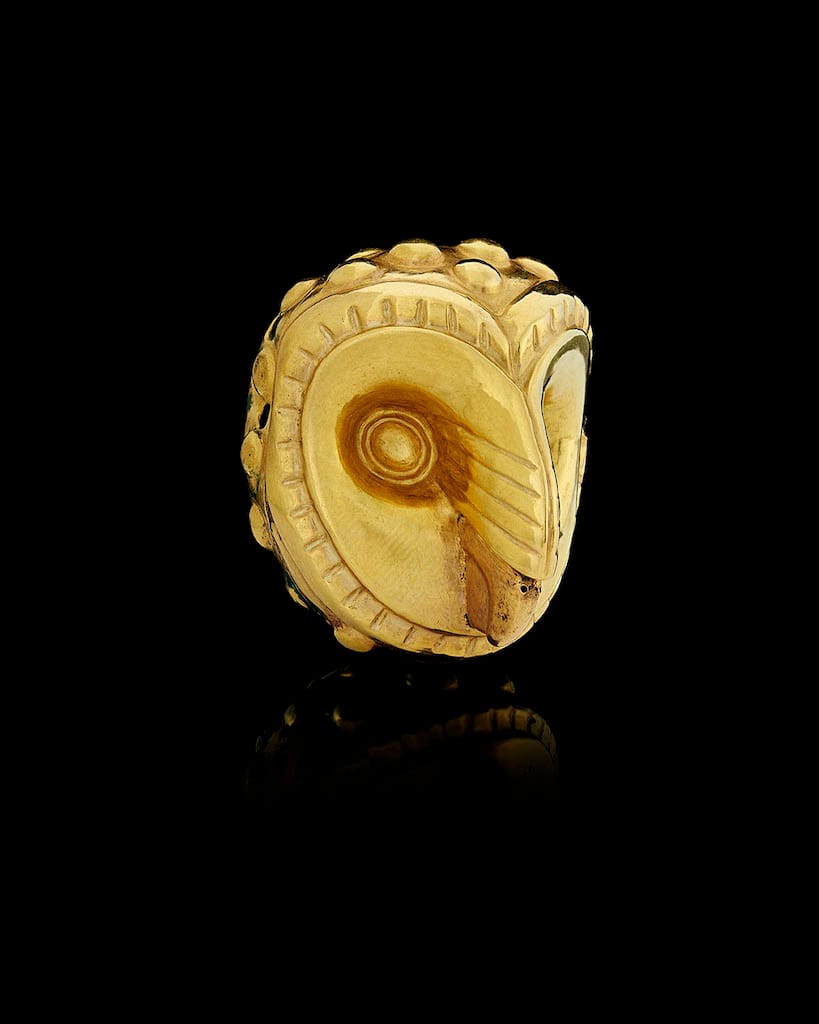

Baboon, Egypt, Late Period, 664-332 BC, Obsidian, 6 x 3 x 3 cm, The Al Thani Collection, ATC978, © The Al Thani Collection, 2018. All rights reserved. Photograph by Prudence Cuming Associates. | Owl bead, Peru, Moche, 200-600, Gold, H. 4.6 cm, The Al Thani Collection, ATC979, © The Al Thani Collection, 2018. All rights reserved. Photography by Prudence Cuming Associates Ltd. | Inlay, Egypt, New Kingdom, Ramesside, 19th-20th Dynasty, c. 1292-1070 BC, Glass, 3.8 x 4.6 cm, The Al Thani Collection, ATC1038, © The Al Thani Collection 2019. All rights reserved. Photography by Prudence Cuming Associates Ltd.
NS: Having worked in various roles and regions, how do you see global audiences engaging with Indian and Asian art today, and what more can be done to increase its appreciation?
AJ: Indian art has long been appreciated abroad, inspiring artists and collectors since the earliest years of cultural exchange. Today, stronger international initiatives, such as establishing an India Pavilion at the Venice Biennale, could significantly elevate its profile. Similarly, improving the display and interpretation of Indian art in museums within India would inspire greater appreciation among both domestic and international visitors.
NS: For those hoping to follow in your footsteps, what skills, qualities, or experiences do you think are essential for becoming a successful curator in today’s art world?
AJ: My early projects, such as exploring Western-style furniture from India or luxury goods made in Europe for Indian princes, focused on subjects that were previously under-explored. To succeed as a curator, it’s important to have an original vision or approach and to maintain a wide range of interests. Beyond that, quality scholarship and aesthetic vision are key. Every curator brings their own perspective on what an exhibition experience should feel like, and it’s that individuality that makes the profession so rewarding.
Colour Speaks All Languages, hosted at the Hôtel de la Marine until 5 October 2025, showcases approximately 80 exceptional works from The Al Thani Collection. Spanning over 3,000 years and five continents, the exhibition explores the power of colour through a stunning array of objects, presented in six thematic sections: black, white, red, yellow, blue, and green.


